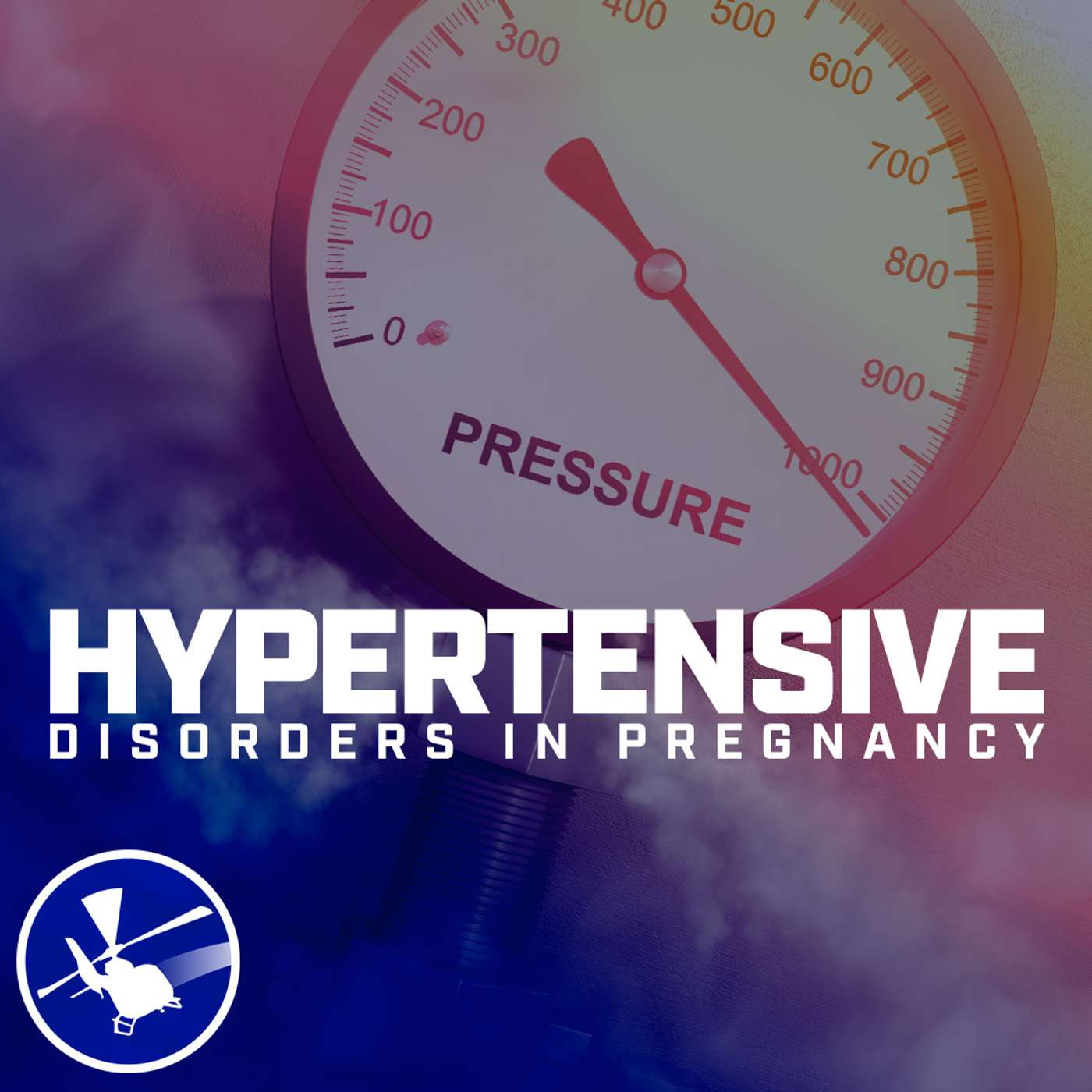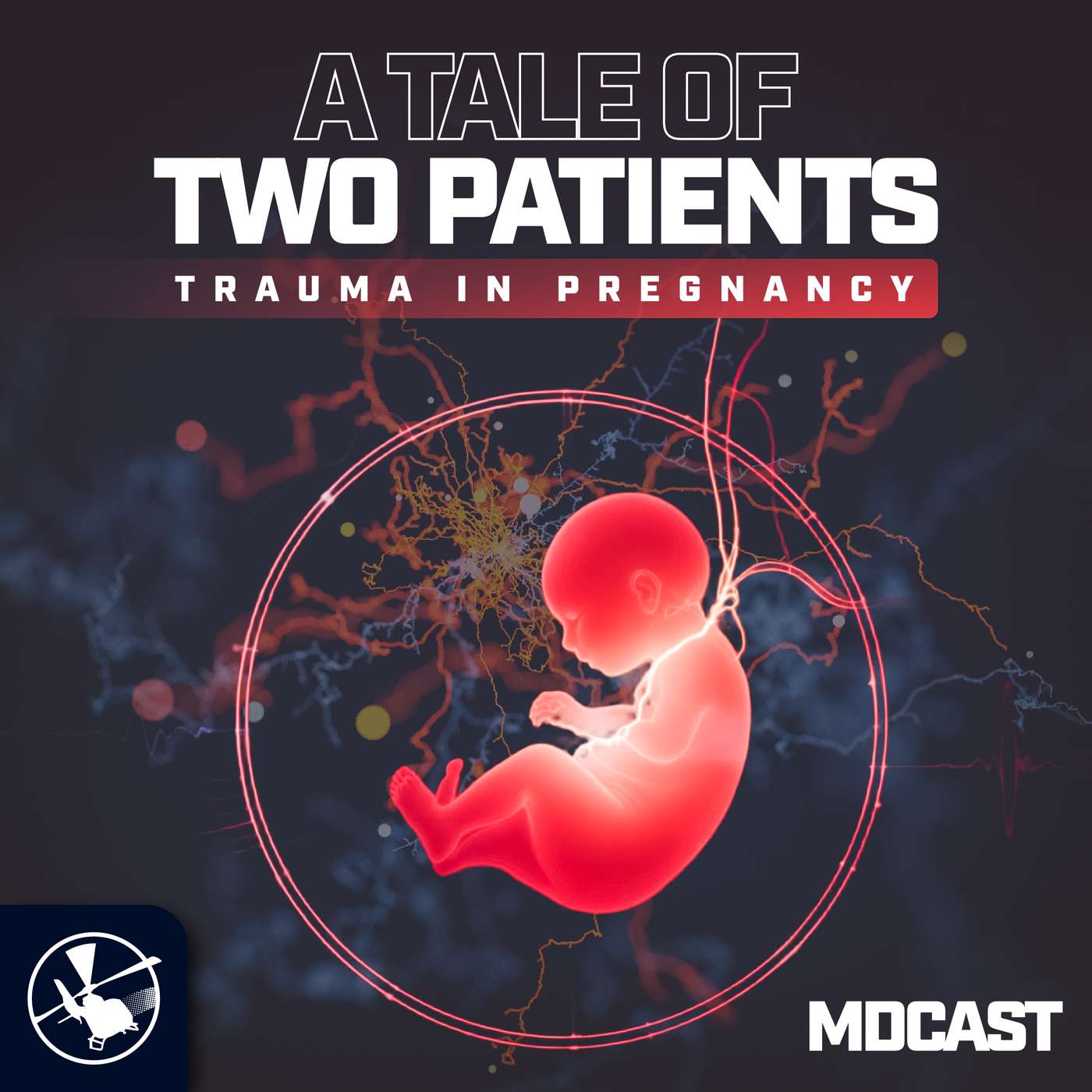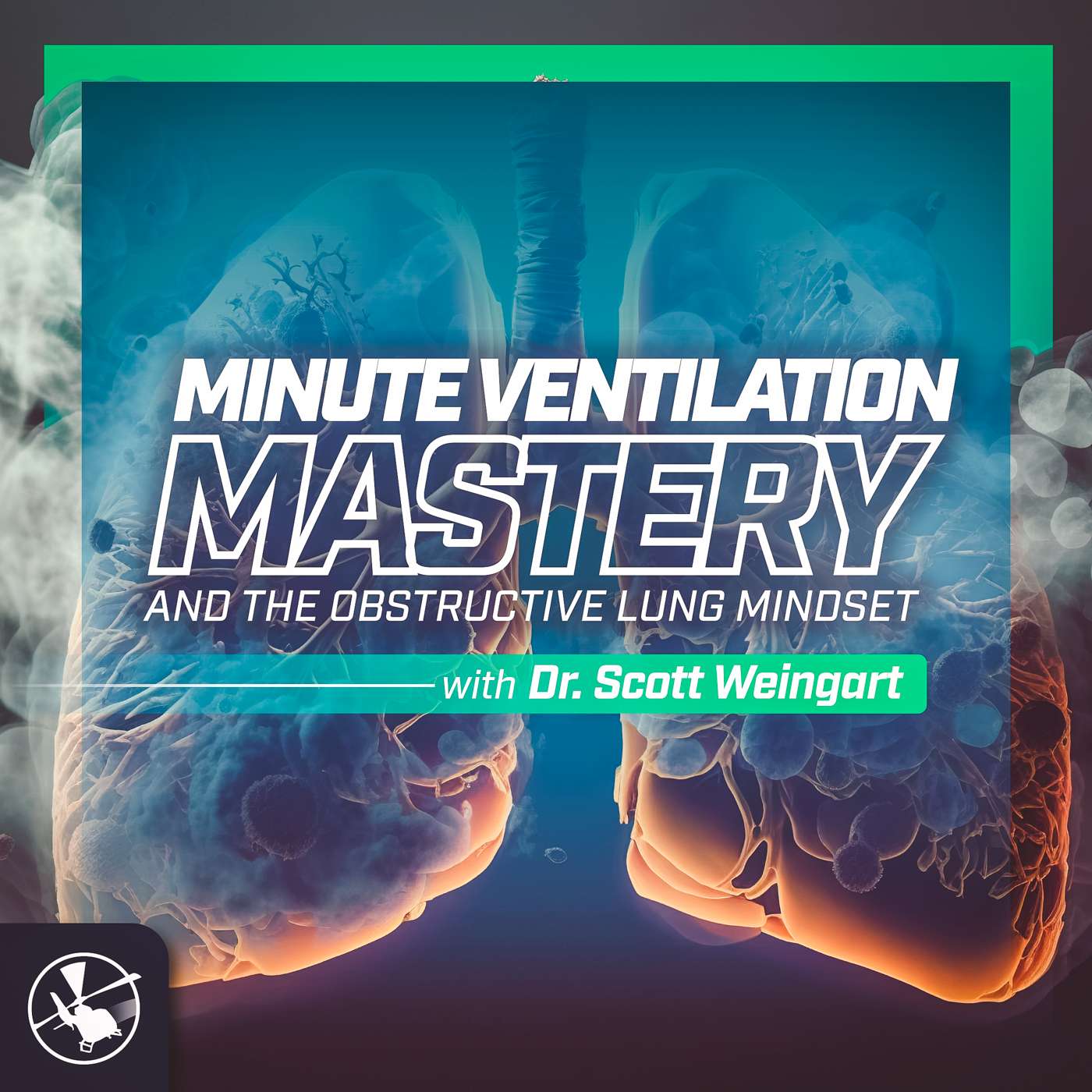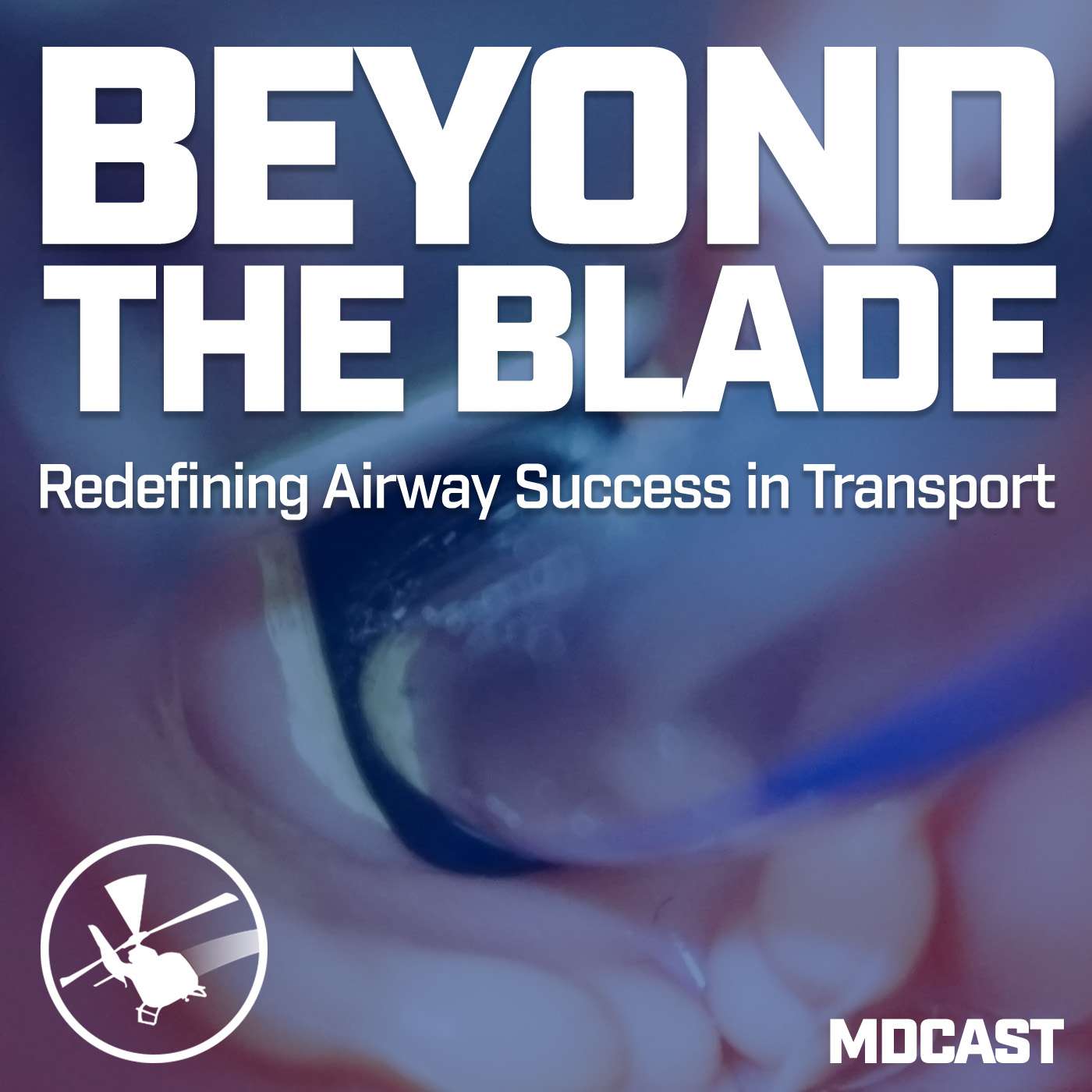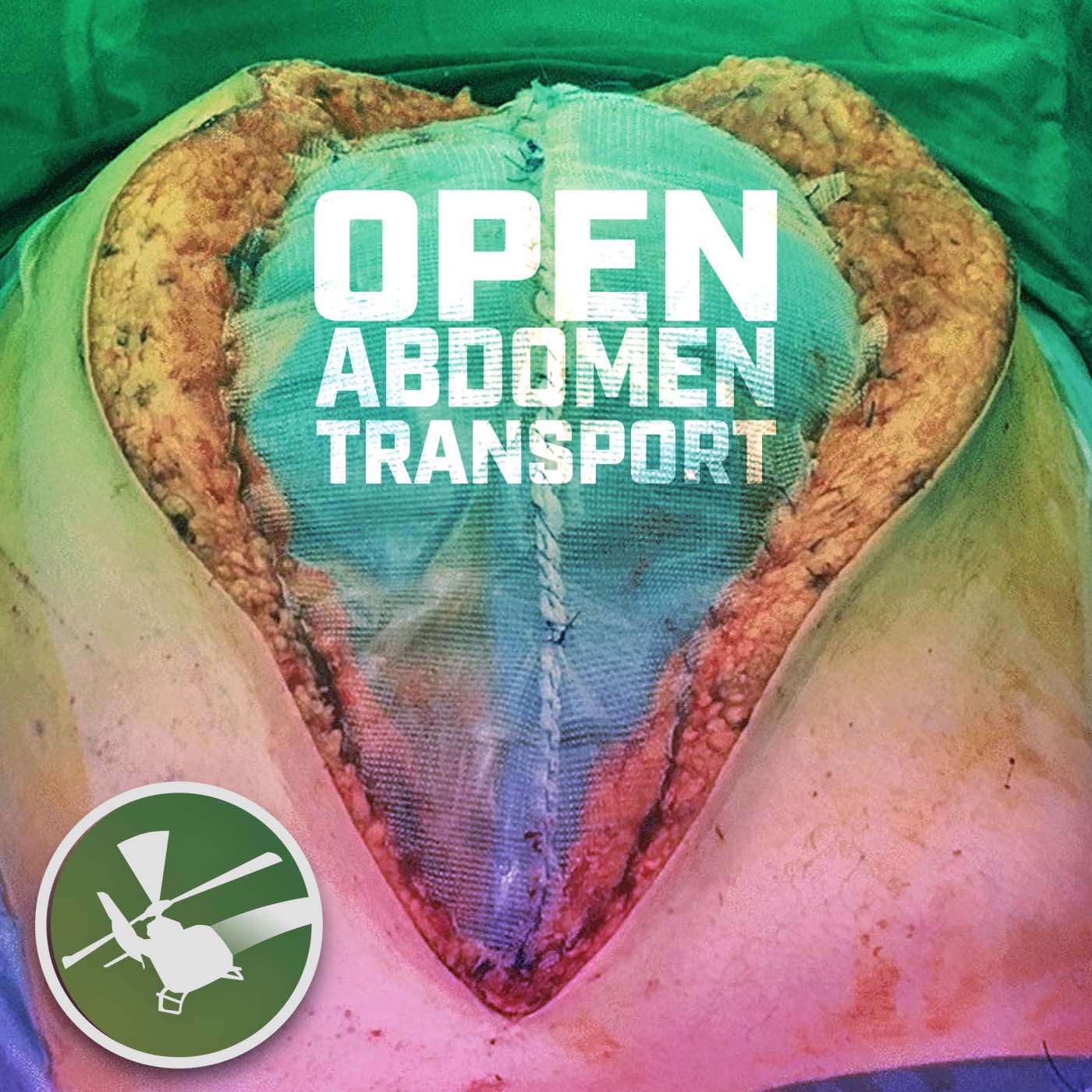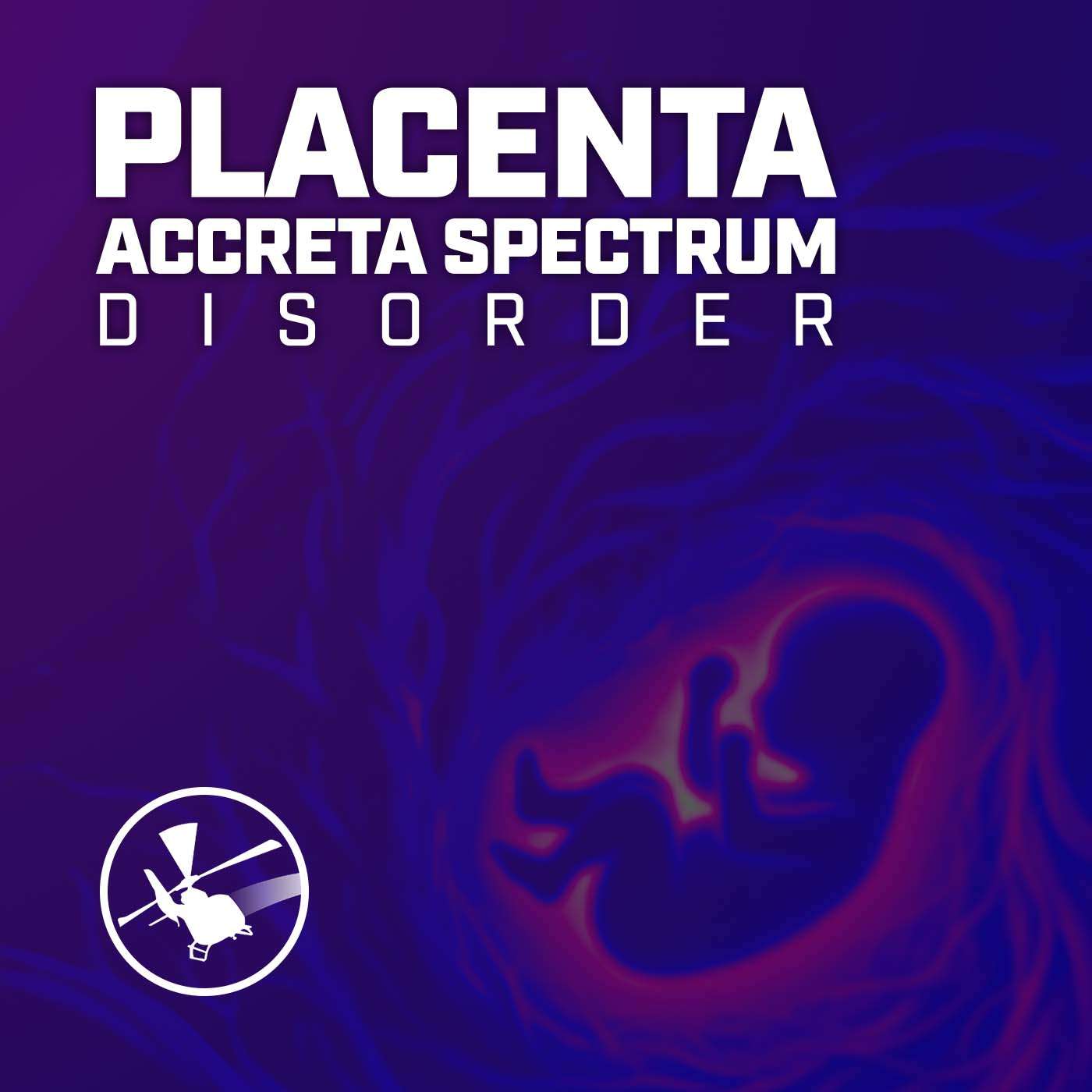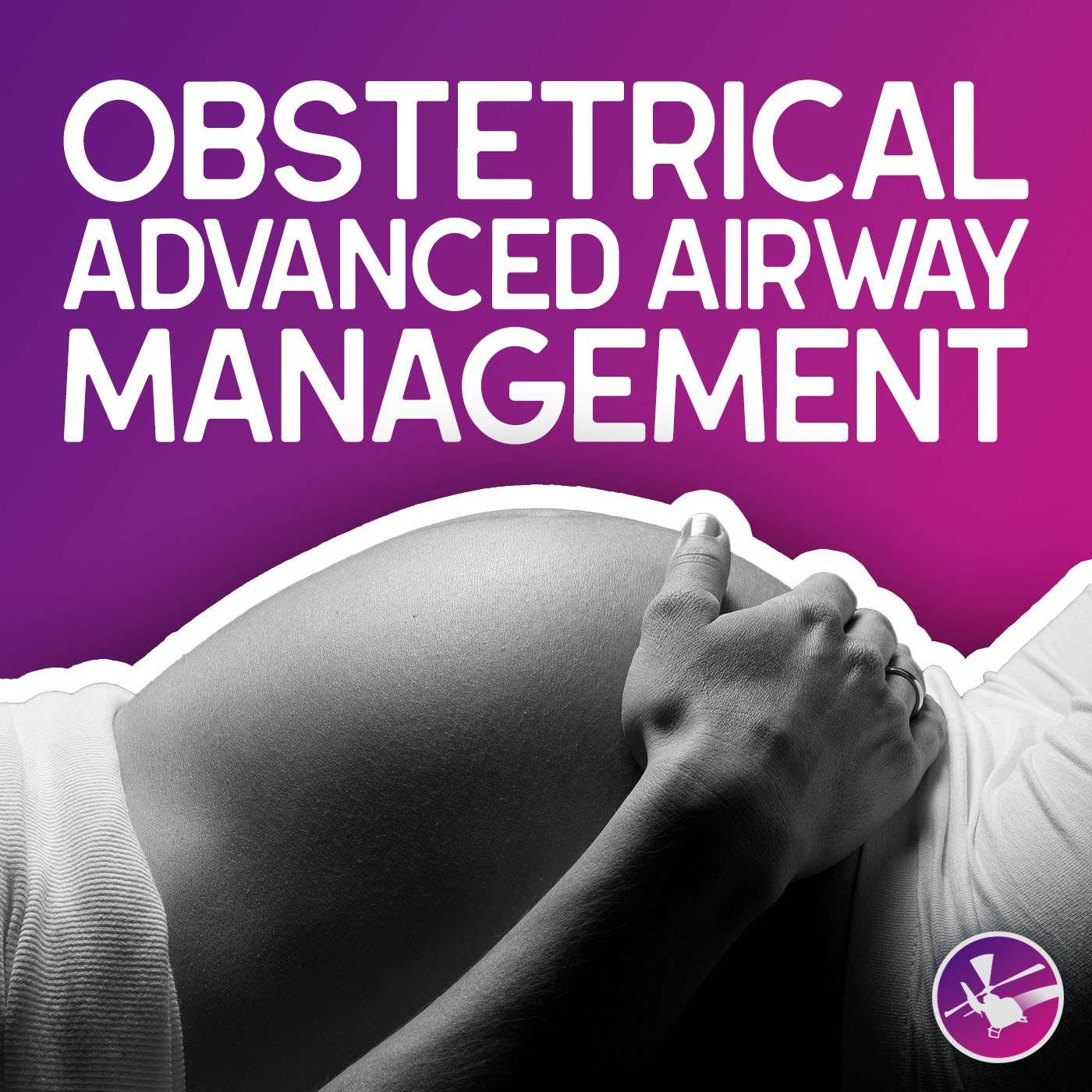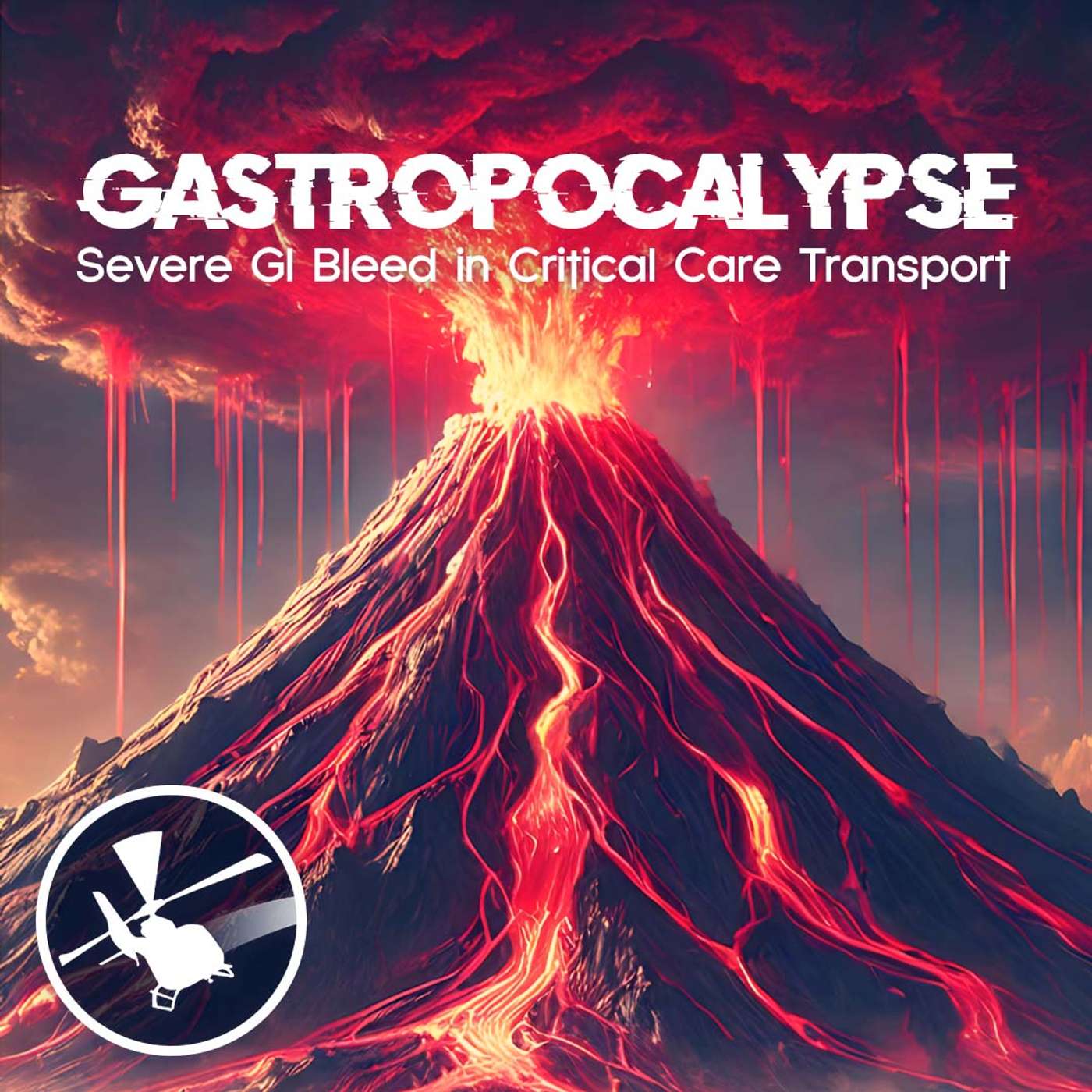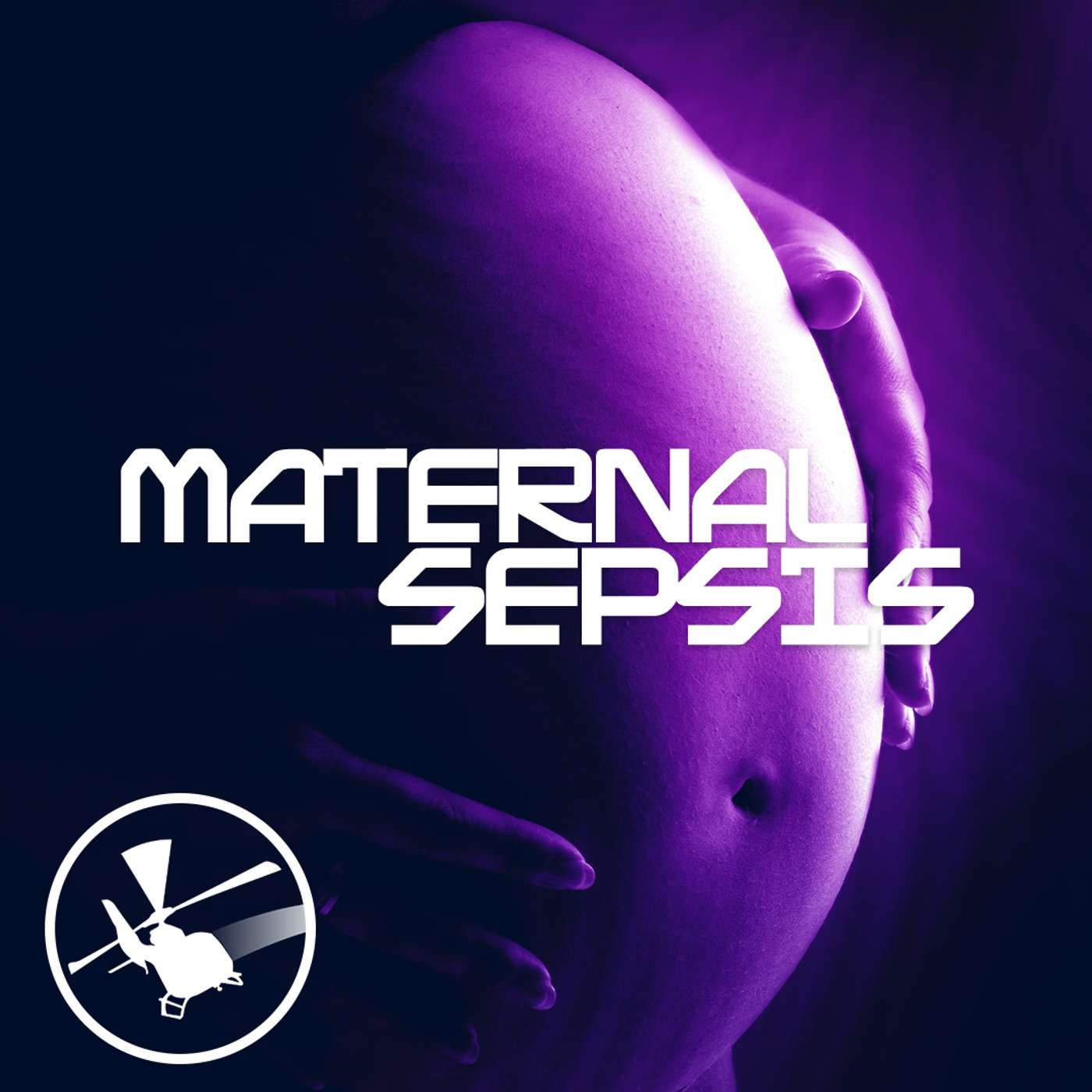Hypertensive Disorders in Pregnancy
Description
Welcome to another essential episode of the FlightBridgeED Podcast: MDCAST, where we dive deep into the complexities of critical care and continue our high-risk OB transport conversation. This episode focuses on the often overlooked yet rapidly increasing crisis of hypertensive disorders in pregnancy. Host Dr. Mike Lauria and maternal-fetal medicine specialist Dr. Elizabeth Garchar discuss the full spectrum of hypertensive disorders—from gestational hypertension to the life-threatening condition of eclampsia—and share practical insights on managing these critical patients in prehospital and transport settings.
Starting with foundational definitions of specific disorders like pre-eclampsia vs. eclampsia and HELLP syndrome, they explore the physiological mechanisms driving preeclampsia, the increased mortality rates, and why transport providers are seeing more cases in rural or under-resourced facilities. Learn how to distinguish between different diagnoses, manage acute cases in transit, and navigate treatment protocols with a detailed look at magnesium sulfate's role and the right blood pressure control strategies. This episode brings expert-level insight to providers of all backgrounds, from the basics to the most advanced interventions.
Listen to The FlightBridgeED Podcast anywhere you enjoy podcasts, or find this episode and more podcasts at https://flightbridgeed.com/explore. While there, explore our award-winning courses that empower pre-hospital and critical care transport medicine professionals to build their critical care expertise.
Key Takeaways:
- Pathophysiology of Preeclampsia: This condition often arises from placental abnormalities that lead to widespread vascular issues, impacting both the mother and fetus.
- Magnesium Sulfate in Management: Magnesium sulfate is vital for preventing eclampsia and should be monitored for toxicity, especially in patients with reduced kidney function.
- Identification of Hypertensive Disorders: A blood pressure reading of 160/110 mmHg or greater post-20 weeks' gestation is a significant indicator of hypertensive disorders, warranting immediate medical attention.
References
- Sperling JD, Dahlke JS, Huber WJ, Sibai BM. The role of Headache in the classification and management of hypertensive disorders in pregnancy. Obstetrics and Gynecology. 2015; 126:29 7-302.
- Sabai BM. The HELLP syndrome (hemolysis, elevated liver enzymes and low platelets): much ado about nothing? Am J of Obstetrics and Gynecology. 1990; 162:31 1-6.
- Steegers EA, von Daselszen P, Duvekot JJ, Pijnenborg R. Pre-Eclampsia. Lancet. 2010; 376:63 1-44.
- Redman CW, Sargent IL. Latest advances in understanding preeclampsia. Science. 2005; 308:15 92-4
- von Dadelszen P, Magee LA, Roberts JM. Subclassification of preeclampsia. Hypertens Pregnancy. 2003; 22:14 3-8
- Dekker GA, Sibai BM. Etiology and pathogenesis of preeclampsia: current concepts. Am J Obstet Gynecol. 1998; 179; 1359-75.
- Gillon TE, Pels A, von Dadelszen P, MacDonell K, Magee LA. Hypertensive disorders of pregnancy: a systematic review of international clinical practice guidelines. PloS one. 2014; 9(12): e113715.
- Gestational Hypertension and Preeclampsia: ACOG Practice Bulletin, Number 222. Obstet Gynecol. 2020 Jun;135(6):e237-e260.

